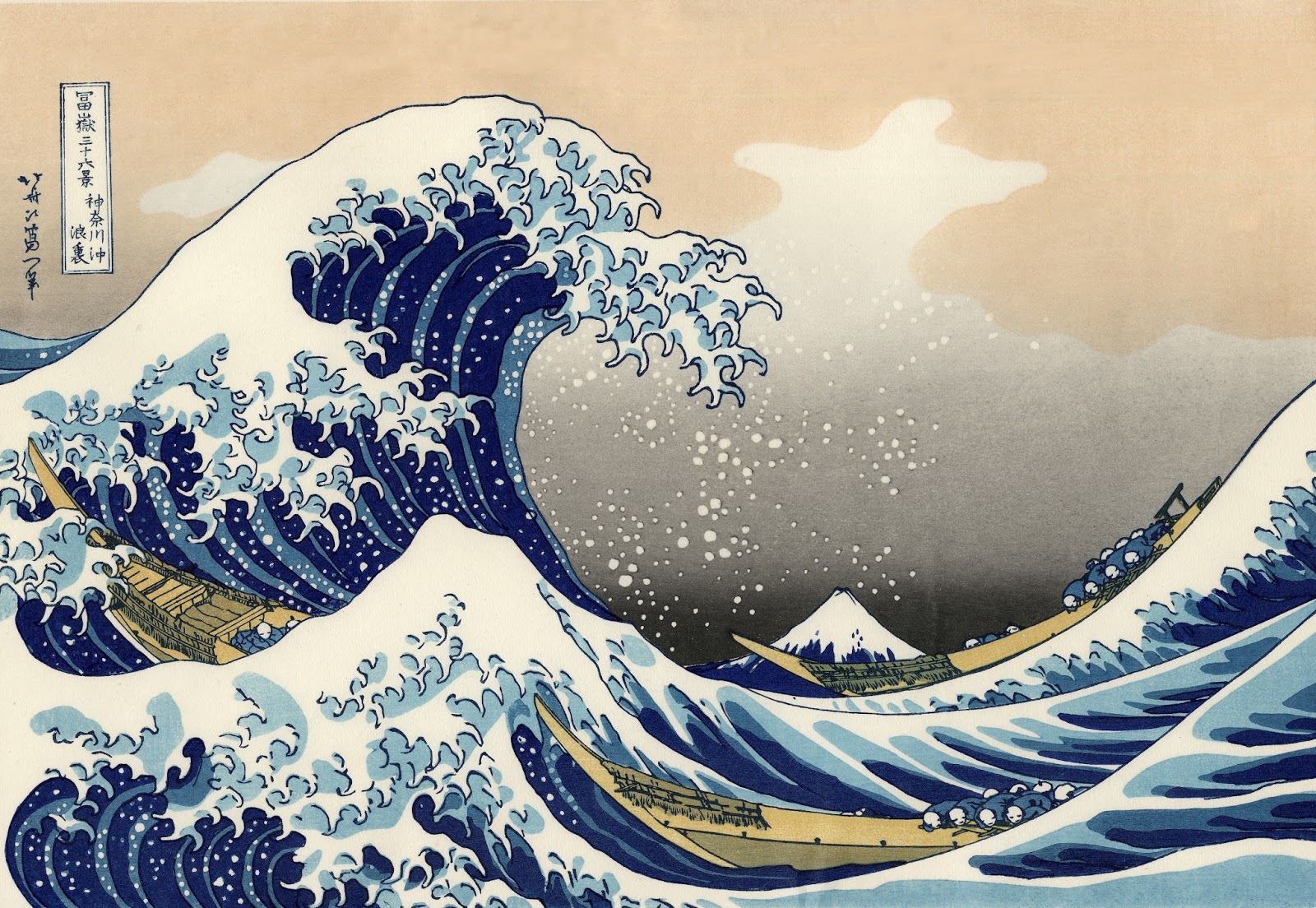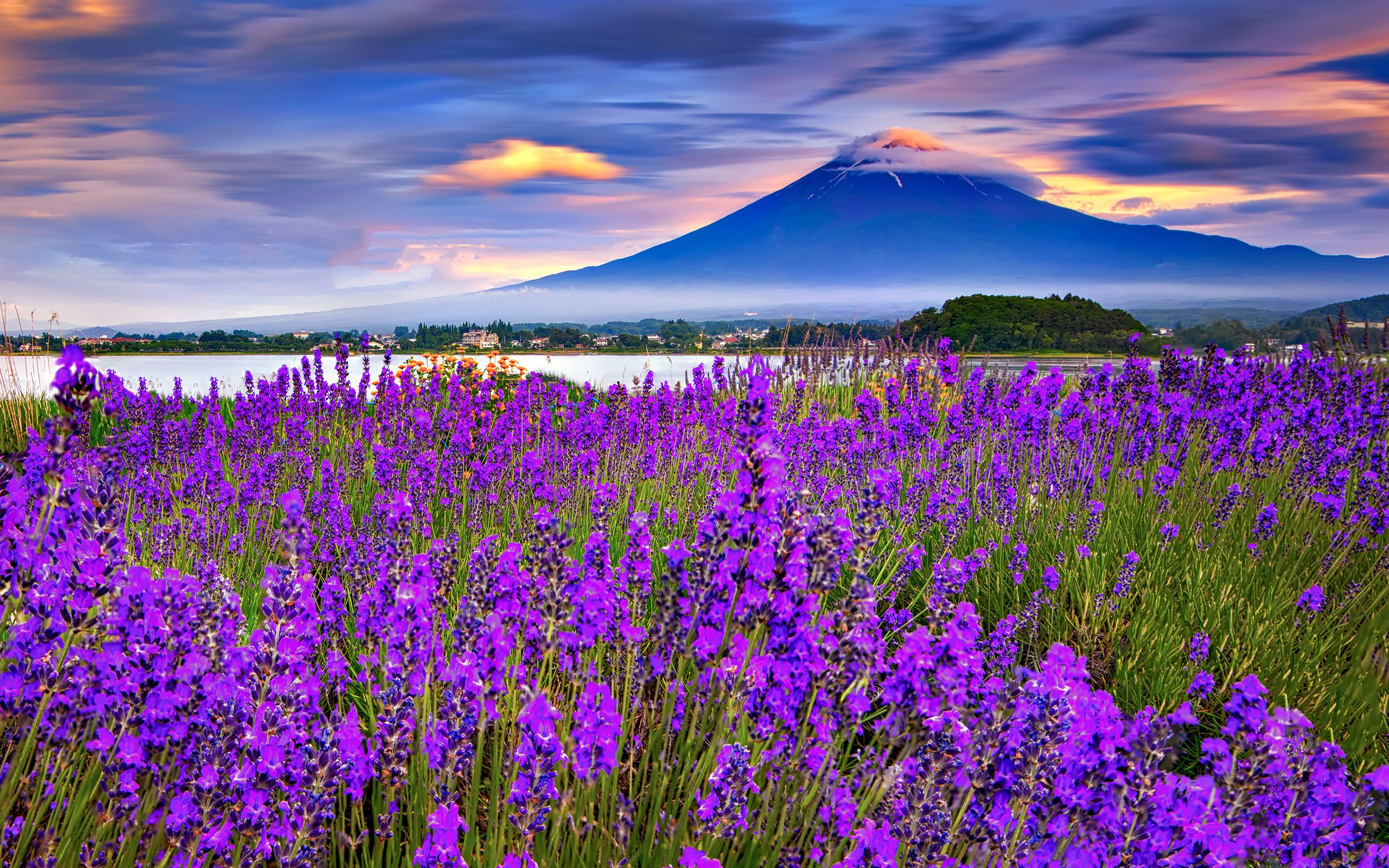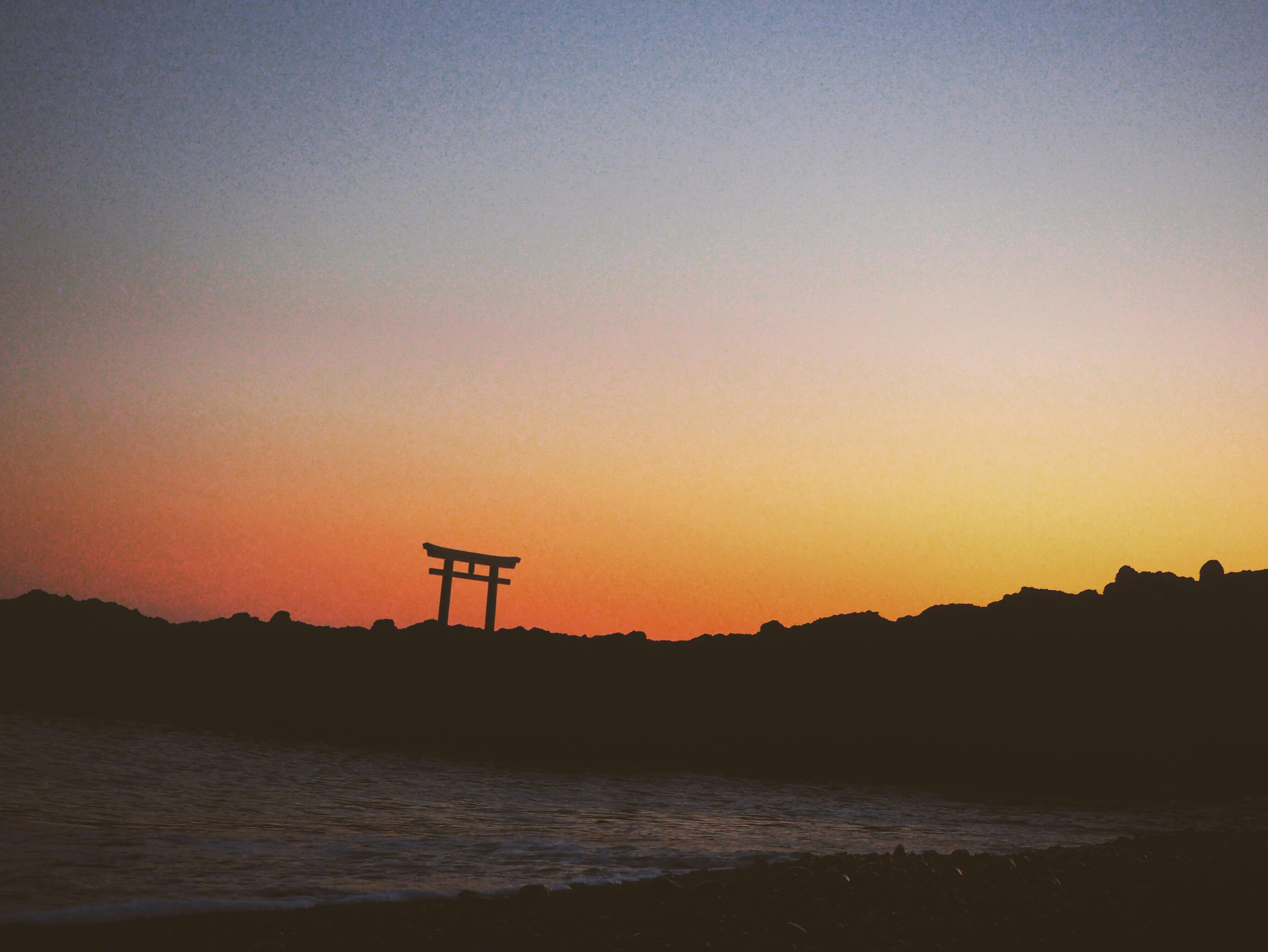There are two ways to conquer Tokyo. One is to plant your flag at its summit, in the glittering citadels of Minato. The view is breathtaking, the service impeccable. You are at the center of everything. This is a Tokyo of power, prestige, and unparalleled convenience. It is a magnificent achievement.

But there is another Tokyo. A Tokyo not of altitude, but of attitude. It’s for those who find a deeper luxury in freedom, in authenticity, in the thrill of the curated discovery. This is the domain of the Conscious Curator.
Here, wealth isn't measured by the prestige of your zip code, but by the richness of your time and the autonomy in your choices. The money saved on an exorbitant rent isn't just savings; it's capital. It's the freedom fund that transforms into a month-long writing retreat in Kamakura, a masterclass in Japanese knife sharpening, or an investment that quietly compounds in the background.
Our "concierge" is our own curiosity. Our "amenities" aren't listed in a lobby directory; they are the hidden ramen-ya with a life-changing broth, the independent gallery in a repurposed warehouse, the secret garden down an unmarked alley. We don't just live in Tokyo; we decipher it.

The Neighborhoods Where Your Life is Your Masterpiece
Adachi & Katsushika: The Archivists' Tokyo
This is the living, breathing heart of old Tokyo—the Shitamachi. The air feels different here, thick with nostalgia and the warm, communal spirit of a bygone era. It’s unpolished, authentic, and deeply human.This is where the city’s memory resides. Time moves at the speed of the Toden Arakawa tram, its gentle bell a soundtrack to a Tokyo that remembers the taste of coal smoke and the value of a shared bath. Your morning coffee is replaced by the ritual of green tea from a flask, sipped on a bench as you watch the world unfold not on a screen, but on the street. The air smells of the river, of grilling yakitori, and of sun-worn wood.
While Minato-ku is known for its corporate HQs, Adachi is famously home to the Ōya Furusato Mura (Ōya Hometown Village), a sprawling complex of farmers' markets and natural hot springs built directly into a historic limestone quarry. Where else can you shop for the day's freshest harvest and then bathe in a stunning, cavernous onsen, all within the walls of a site that helped build modern Tokyo? This isn't a manufactured luxury; it's a geological one.
But perhaps Katsushika's ultimate flex is this: This is the ward where the immortal artist Katsushika Hokusai spent the final decades of his life and created many of his most iconic works, including the "Thirty-Six Views of Mount Fuji." The very waves that crash in his "Great Wave off Kanagawa" echo the timeless energy of this place. While others buy expensive prints of his work for their Minato apartments, you walk So, see the choice not as a binary between better and worse, but between two different definitions of success. Your local landscape is his immortal muse. Here, you don't just own art; you live inside its source.

Edogawa: The Spatialists' Tokyo
Here, you learn that the most precious commodity in Tokyo isn't proximity to a station, but proximity to the sky. Your soul expands to fit the horizon. The Arakawa River is your meditation, a ribbon of silver that pulls the wind across the wards. Your daily run isn't a chore between traffic lights; it's a journey under the vast, open dome of the sky, with hawks circling overhead. Your "penthouse" is a blanket by the water, your "theatre" is the sunset painting the clouds in hues of persimmon and rose.
Edogawa's Kasai Rinkai Park is not just a pleasant green space. It is home to the Tokyo Sea Life Park aquarium, one of the few in the world to have successfully bred the mysterious oarfish—a legendary, deep-sea creature known in Japanese folklore as the "Messenger from the Sea God's Palace." Your casual weekend stroll can include witnessing a living myth, a creature of such rarity and beauty it defies the very concept of a mundane errand.

Itabashi & Nerima: The Strategists' Tokyo
This is the life of the chess master, not the pawn. You have chosen sanity over status. Your neighborhood doesn't shout; it whispers. The sound of your life is the rustle of leaves in a local park, the friendly greeting from the greengrocer, the satisfying thunk of a well-made door. You are not adrift in a sea of strangers, but anchored in a community. You spend your weekends at farmers' markets, the soil still fresh on the carrots, knowing the hand that grew them.
While other wards import their greens, Itabashi is one of Tokyo's leading producers of daikon radishes and lettuce. The crisp, fresh produce in your salad likely came from a local farm, not a distant prefecture. This hyper-local food security is a different kind of privilege—the satisfaction of self-reliance and community-based sustenance.

The Saitama Borderlands (Kawaguchi, Soka): The Visionaries' Tokyo
You haven't left Tokyo; you've joined its vanguard. This is the frontier of a new urban logic, where space and light are the new currencies. Your home is a canvas of potential—room for a bookshelf that climbs to the ceiling, for a kitchen where you can actually cook, for a silence that belongs to you. The commute is a small price for the sovereignty you feel when you cross your own threshold.
The city of Kawaguchi, while officially in Saitama, is an inseparable part of Tokyo's industrial ecosystem. It's known as "The Casting Town," producing over 90% of Japan's metal casting products. From the intricate metalwork in a high-end Tokyo restaurant to the essential parts in a bullet train, the artistry of Kawaguchi's craftsmen is woven into the very fabric of the city. Living here means being at the source, surrounded by the quiet hum of creation.

So, see the choice not as a binary between better and worse, but between two different definitions of success.
One path offers a Tokyo that is served to you, magnificent and complete.
The other offers a Tokyo you discover and assemble yourself, piece by beautiful piece.
One is a finished masterpiece, and you are its esteemed owner.
The other is a blank canvas, and you are the artist. And in places like Katsushika, you are walking in the footsteps of a legend, painting your own life against the same backdrop that inspired one of the world's great masterpieces.
The question is not which Tokyo is better. The question is: which artist are you?


.avif)


.jpg)


